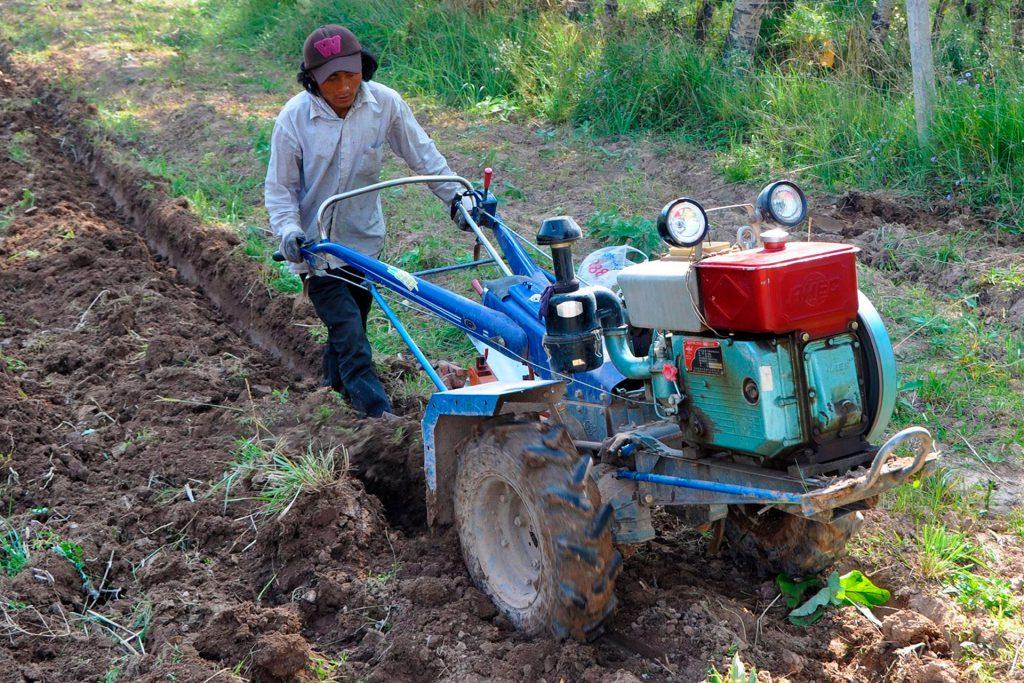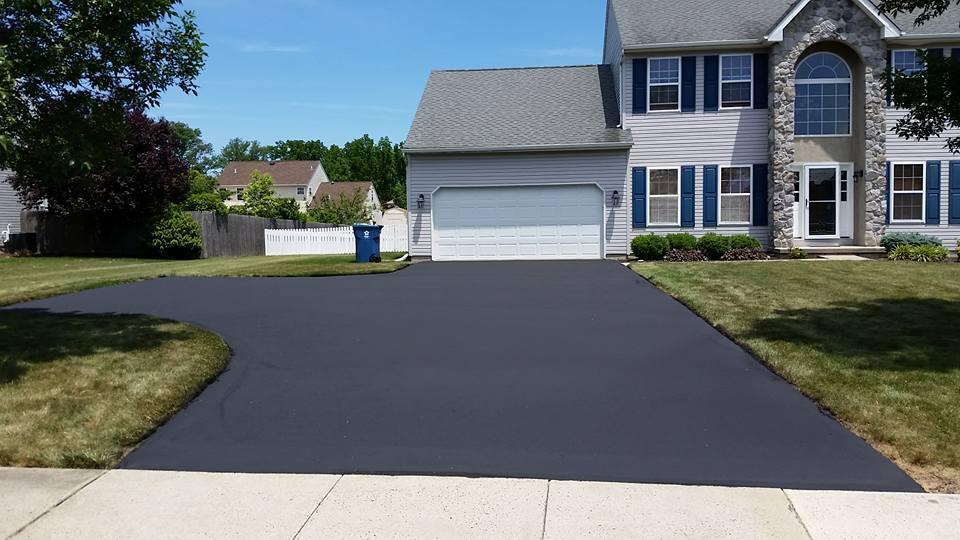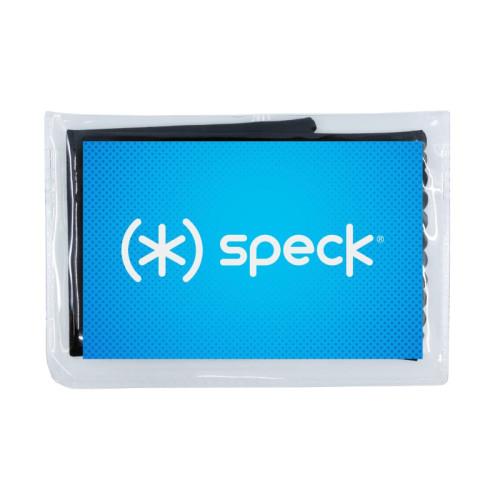Gardening can be an incredibly rewarding hobby, but it does come with its fair share of challenges. One of the most significant hurdles for many gardeners is preparing the soil. This is where garden tillers come into play. In this comprehensive guide, you’ll learn everything you need to know about garden tillers, including how they work, the different types available, and tips for choosing the best one for your gardening needs.
The Importance of Soil Preparation
Before planting anything, it’s crucial to have well-prepared soil. Good soil preparation ensures that plants get the nutrients, air, and water they need to thrive. Tilling breaks up compacted soil, making it easier for roots to grow and for water and nutrients to penetrate the ground. It also helps in mixing organic matter and fertilizers into the soil, providing a fertile ground for seeds and plants.
What Is a Garden Tiller?
A garden tiller is an essential tool for breaking up and aerating soil. It consists of a set of rotating blades or tines that dig into the soil. Garden tillers come in various sizes and power types, making them suitable for different gardening tasks—from small flower beds to large vegetable gardens.
Types of Garden Tillers
Front-Tine Tillers
Front-tine tillers are excellent for smaller gardens and flower beds. The tines are located at the front of the machine, making it easy to maneuver around tight spaces. Although they’re less powerful than rear-tine tillers, they are typically lightweight and easier to handle.
Rear-Tine Tillers
Rear-tine tillers are more powerful and better suited for larger gardens. The tines are located at the rear, and the wheels are at the front, providing better traction and making it easier to till hard or rocky soil. These tillers can handle more demanding tasks, such as breaking new ground or preparing large plots for planting.
Electric Tillers
Electric tillers are ideal for small to medium-sized gardens. They are lightweight, easy to start, and produce no emissions. While they may not be as powerful as gas tillers, they are quieter and require less maintenance.
Gas-Powered Tillers
Gas-powered tillers are more powerful and suitable for larger gardens or heavy-duty tasks. They can till deeper and handle tougher soil conditions. However, they are heavier, noisier, and require more maintenance compared to electric tillers.
Benefits of Using a Garden Tiller
Saves Time and Effort
Hand digging and turning soil can be incredibly labor-intensive and time-consuming. A garden tiller can make this process much faster and less physically demanding.
Improves Soil Quality
Tilling helps to break up compacted soil, improving aeration and drainage. It also helps to mix organic matter and nutrients evenly throughout the soil, creating a healthier environment for plant roots.
Promotes Healthy Root Growth
Well-aerated soil allows roots to grow more freely and access essential nutrients and water. This results in stronger, healthier plants.
How to Choose the Right Garden Tiller
Consider Your Garden Size
The size of your garden will significantly influence the type of tiller you need. For small gardens and flower beds, a front-tine or electric tiller should suffice. For larger gardens, a rear-tine or gas-powered tiller may be more appropriate.
Evaluate the Soil Type
The type of soil you have will also determine the best tiller for your needs. Sandy or loamy soil is easier to till and may not require a powerful machine. In contrast, clay or rocky soil may need a more robust tiller to break it up effectively.
Assess Your Physical Strength
Garden tillers can be heavy and challenging to maneuver. If you have limited physical strength, consider a lighter, more manageable tiller, such as an electric model.
Tips for Using a Garden Tiller
Read the Manual
Before using your tiller, read the manual thoroughly to understand its operation and safety features. This will help you use the tiller correctly and avoid accidents.
Prepare the Area
Remove any large rocks, sticks, or debris from the area you plan to till. This will prevent damage to the tiller and make the tilling process smoother.
Start Slowly
When you begin tilling, start with a shallow depth and gradually increase it as you become more comfortable with the machine. This will help you avoid overworking the tiller and ensure a more even till.
Maintenance Tips for Garden Tillers
Clean After Each Use
After using your tiller, clean the tines and remove any dirt or debris. This will prevent rust and keep the machine in good working condition.
Check the Oil and Fuel
If you have a gas-powered tiller, regularly check the oil and fuel levels. Follow the manufacturer’s recommendations for oil changes and refueling to ensure optimal performance.
Inspect the Tines
Regularly inspect the tines for wear and tear. Replace them if they become dull or damaged to maintain the tiller’s effectiveness.
Common Mistakes to Avoid
Tilling When the Soil Is Too Wet
Tilling wet soil can create clumps and compact the soil, making it harder for plants to grow. Wait until the soil is dry enough to crumble easily in your hand before tilling.
Over-Tilling
While tilling is essential for soil health, over-tilling can disrupt the soil structure and harm beneficial organisms. Aim to till once or twice a season, depending on your soil type and gardening needs.
Ignoring Safety Precautions
Always wear appropriate safety gear, such as gloves and protective eyewear, when using a tiller. Follow the manufacturer’s safety guidelines to prevent accidents and injuries.
Benefits of Expert Curation
When you choose a high-quality garden tiller, you benefit from expert curation. Reputable brands invest in research and development to create tools that are durable, efficient, and user-friendly. This means you can enjoy reliable performance and long-lasting results.
Exclusive Deals for Subscribers
Many garden tiller manufacturers offer exclusive deals for subscribers. By signing up for newsletters or loyalty programs, you can access special discounts, promotions, and early access to new products. This can help you save money and stay updated on the latest gardening tools and technologies.
Join the Community of Garden Enthusiasts
One of the best parts of gardening is being part of a community of like-minded enthusiasts. Joining gardening forums, attending local events, and participating in online discussions can provide valuable insights, tips, and inspiration. Sharing your experiences and learning from others can enhance your gardening skills and make the hobby even more enjoyable.
Conclusion
Investing in a garden tiller can transform your gardening experience by making soil preparation faster, easier, and more effective. By choosing the right tiller for your needs and following proper usage and maintenance tips, you can enjoy healthier plants and more bountiful harvests. Join the community of garden enthusiasts and take your gardening skills to the next level. Whether you’re a seasoned gardener or just starting, a garden tiller is an invaluable tool that can help you achieve your gardening goals.






